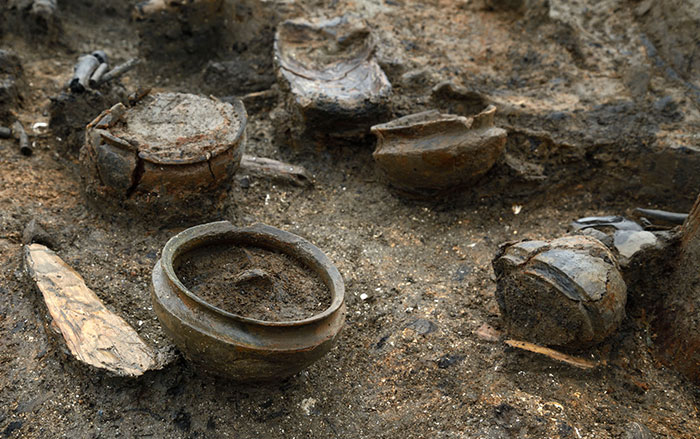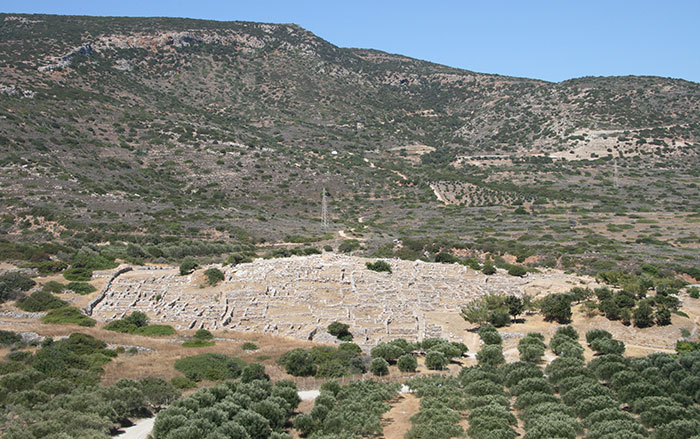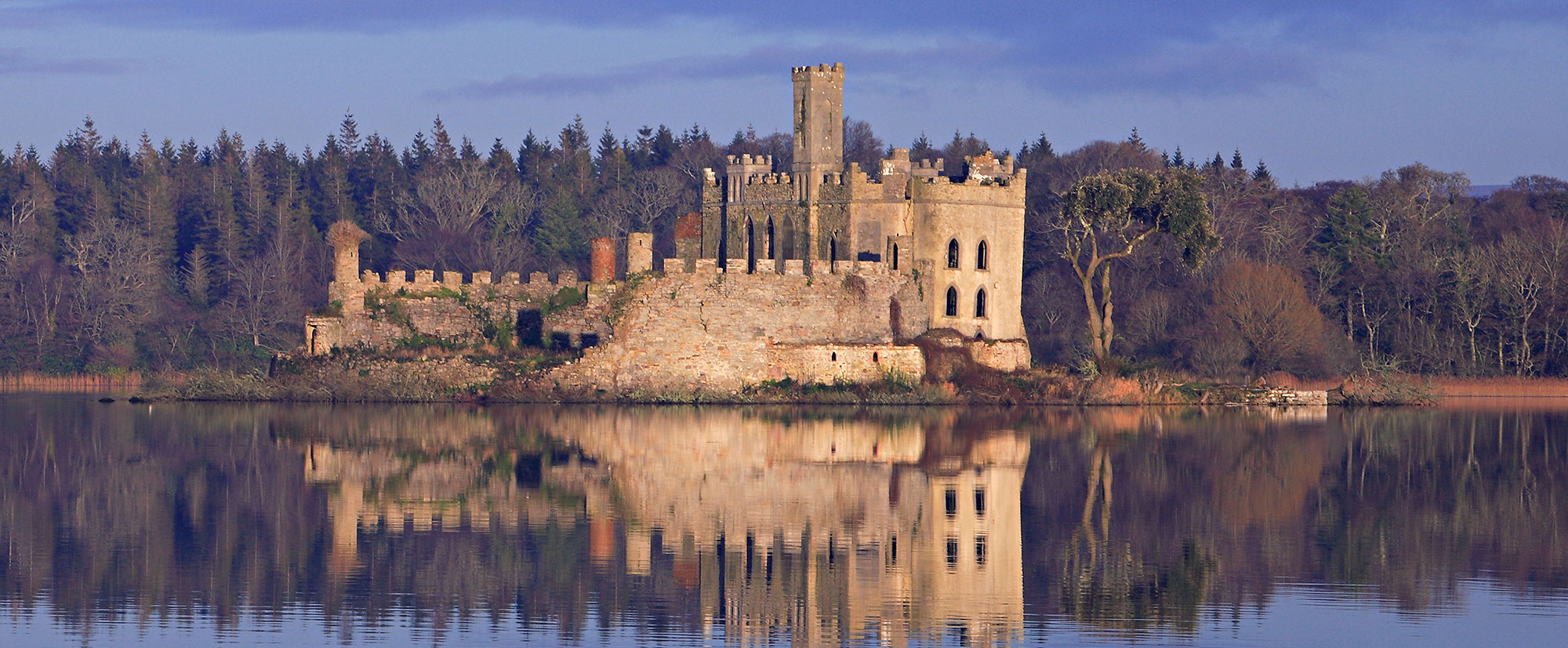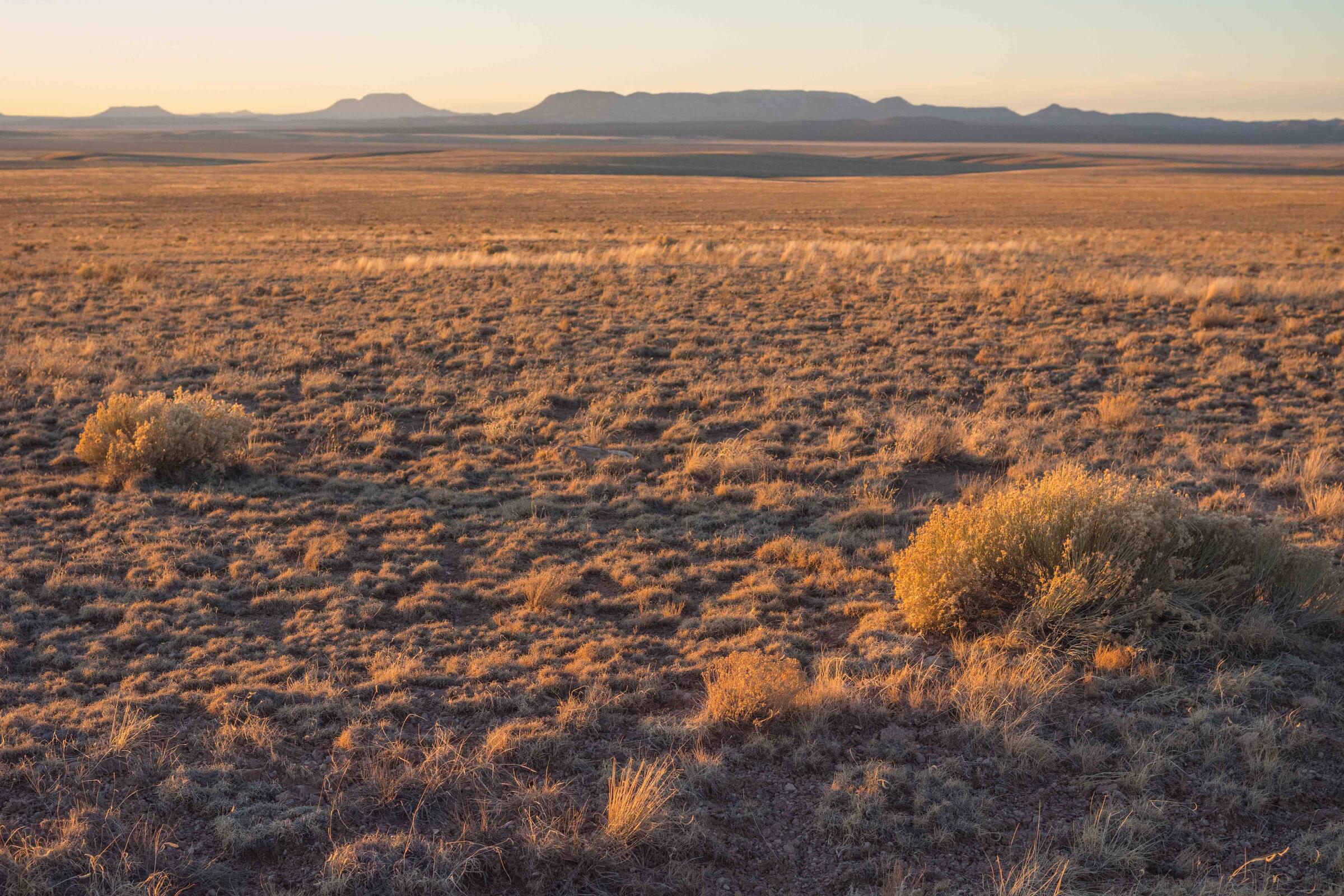
YORK, ENGLAND—According to a statement released by the University of York, archaeologist David Orton and his colleagues sieved soil samples collected from the floors of burned houses in a late Neolithic village in Serbia and recovered tiny mouse bones. Orton explained that it had been previously thought that Neolithic sites outside of the Mediterranean were not heavily populated enough to support the rodents. The bones, from Mus musculus domesticus, or the eastern subspecies of house mouse, are 6,500 years old, thousands of years older than the remains of the western subspecies of mouse uncovered at Bronze Age sites in Greece. Orton said it is not yet clear how the mice reached the region. To read about mouse remains discovered during a CT scan of a mummified bird, go to "A Kestrel's Last Meal."











